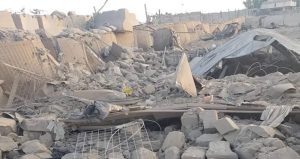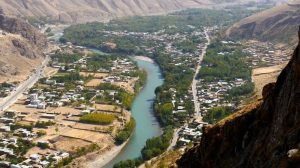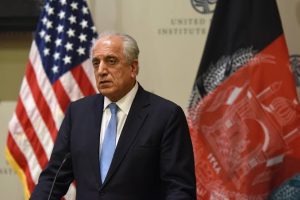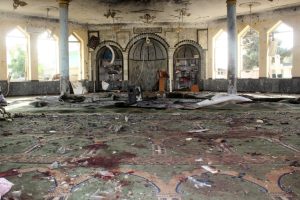Why Israeli Regime Attack Southern Syria?

 KABUL: (Middle East Press) While Hezbollah fighters and the Syrian armed forces have been involved in endgame operations aimed at retaking al-Zabadani, the Israeli regime targeted the positions of the resistance forces in the Golan Heights, a move that can be described as a help to terrorists besieged in that town and an attempt by Tel Aviv to directly join the clashes in southern Syria.
KABUL: (Middle East Press) While Hezbollah fighters and the Syrian armed forces have been involved in endgame operations aimed at retaking al-Zabadani, the Israeli regime targeted the positions of the resistance forces in the Golan Heights, a move that can be described as a help to terrorists besieged in that town and an attempt by Tel Aviv to directly join the clashes in southern Syria.
On Thursday, the Israeli regime targeted some border areas in southern Syria. A group close to the Syrian opposition known as the “Syrian Human Rights Watch” and the Israeli military officials have declared that Israeli regime has launched retaliatory attacks against the Syrian military positions on the occupied Golan Heights. Israeli officials stated the strikes were carried out in response to rockets fired from Syria to northern Golan Heights. According to the statement released by the Israeli army, the rockets that hit the northern Al-Jaleel, were fired from “the Syrian positions on the Golan Heights” by “Islamic extremists backed by Iran”.
While the Zionists make such a claim, no group allied with Iran, has claimed responsibility for the attacks, and analysts believed in the current conditions, it is an illogical move for the resistance groups to fire the missiles, saying that the attacks were carried out by Takfiri terrorist elements to provide a pretext for the entry of the Israeli regime into field equations of Syria. That’s why on Friday, the Israeli military targeted the positions of the resistance forces in south Syria.
However, this is not the first time that the Zionist regime conducts a direct military operation in the Syrian soil. The Israeli army had once launched attacks in the Quneitra area to help the al-Nusra Front, the Syrian wing of al-Qaeda. However, the strikes launched over the past two days, have been unprecedented since the beginning of the Syrian crisis in 2011.
It seems that most important reason that at this time has made the Israeli regime to increase its direct interventionist role, has to do with the developments in the strategic town of al-Zabadani in northwest of Damascus. Resistance forces, with the leading role of the Hezbollah fighters, since late July have begun operations which are aimed to win back al-Zabadani, and since then the alarm bell has rung for Tel Aviv.
The southern part of al-Zabadani is 30 kilometers away from the UN ceasefire line in the Golan Heights, and is regarded as the gateway to Qalamoun and Damascus-Beirut freeway, and also the way to outskirts of Jabal al-Sheikh and then Quneitra. It is said that a probable objective of the Lebanese Islamic Resistance Movement in al-Zabadani operations, was to make advances to Shebaa Farms located near Syrian Governorate of Quneitra that could have a big impact in the future.
In this case, the intelligence agencies of the Israeli military not only have to deal with the activities and movements of Hezbollah forces in northern occupied lands, but also they will have to withstand the serious and growing presence of resistance forces in the eastern part of the occupied territories, a tough challenge for the Zionists that they cannot overlook.
As it was expected, the Israeli regime would take some actions to prevent the completion of the front and the fall of al-Zabadani; however, it is not exactly clear to what extent the Israeli regime will continue its aggression. Elia Maghnayer, an analyst of the regional developments, wrote that the allies of Syria regard the attacks launched in past two days as unusual, and that is why Hezbollah forces have been placed on a state of alert. In such circumstances, the forces of the Zionist regime and Hezbollah are likely to break out a clash; however, in the present circumstances a full-scale war is unlikely.





